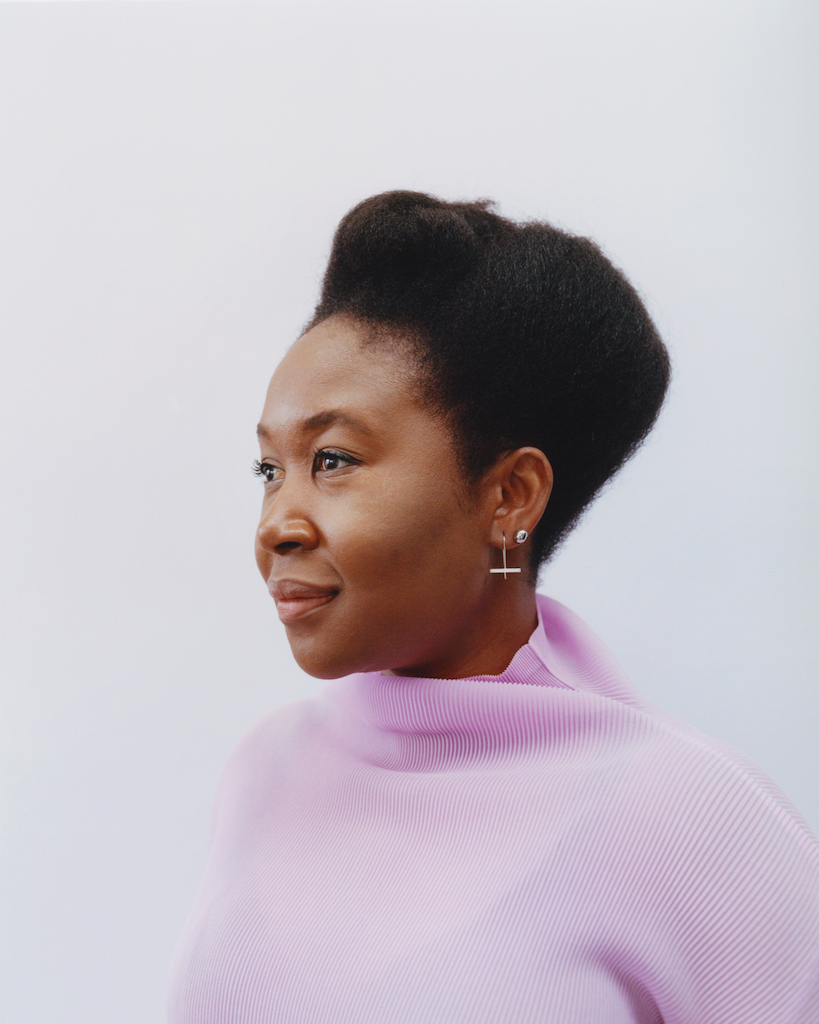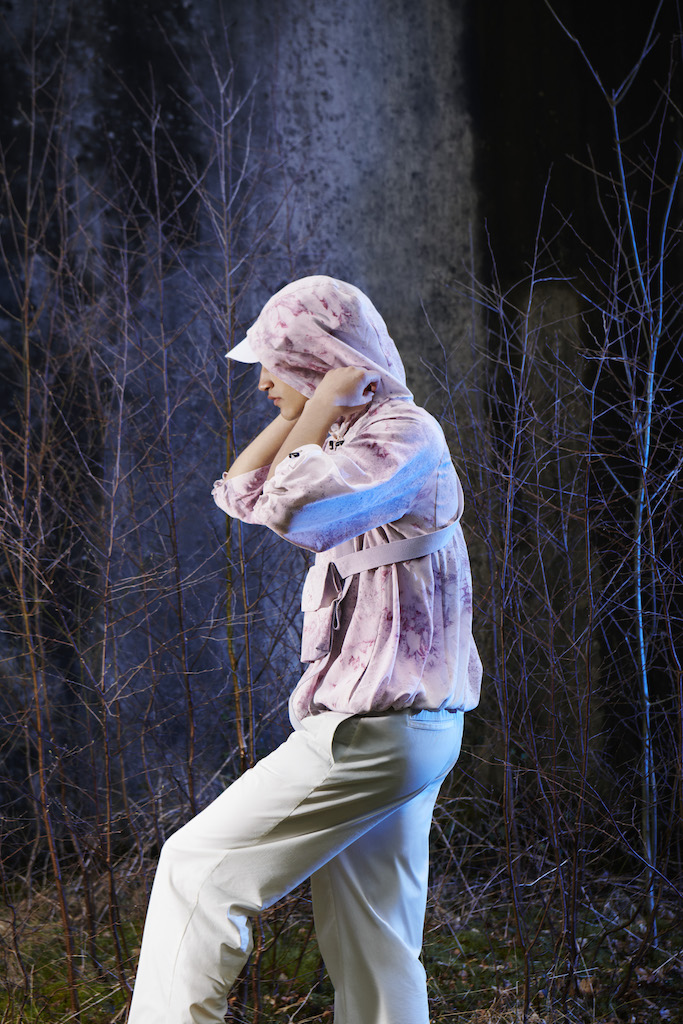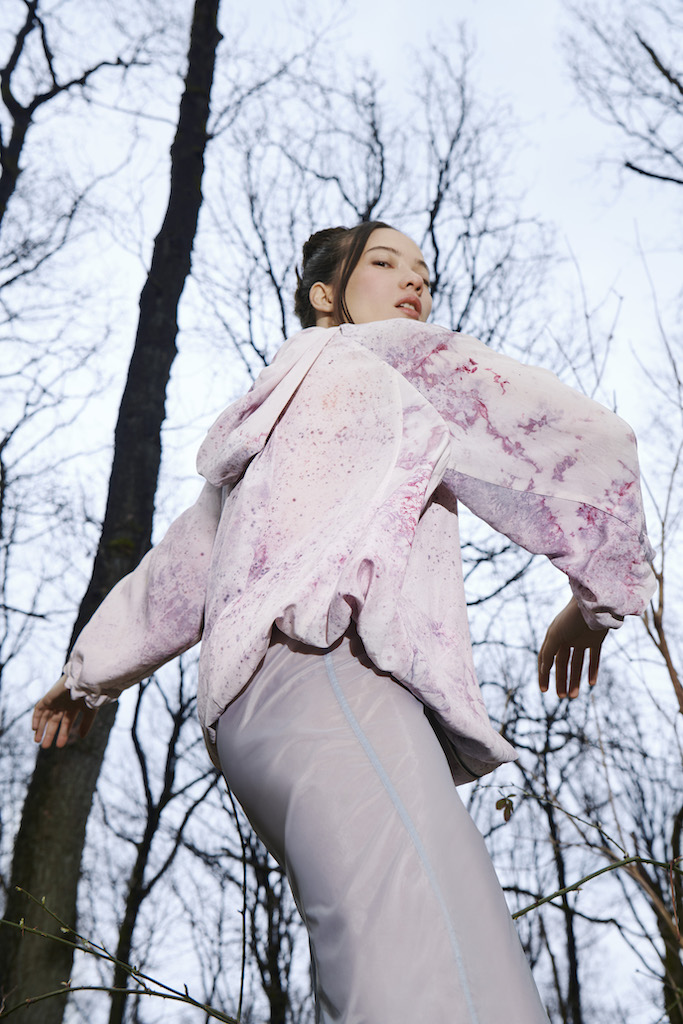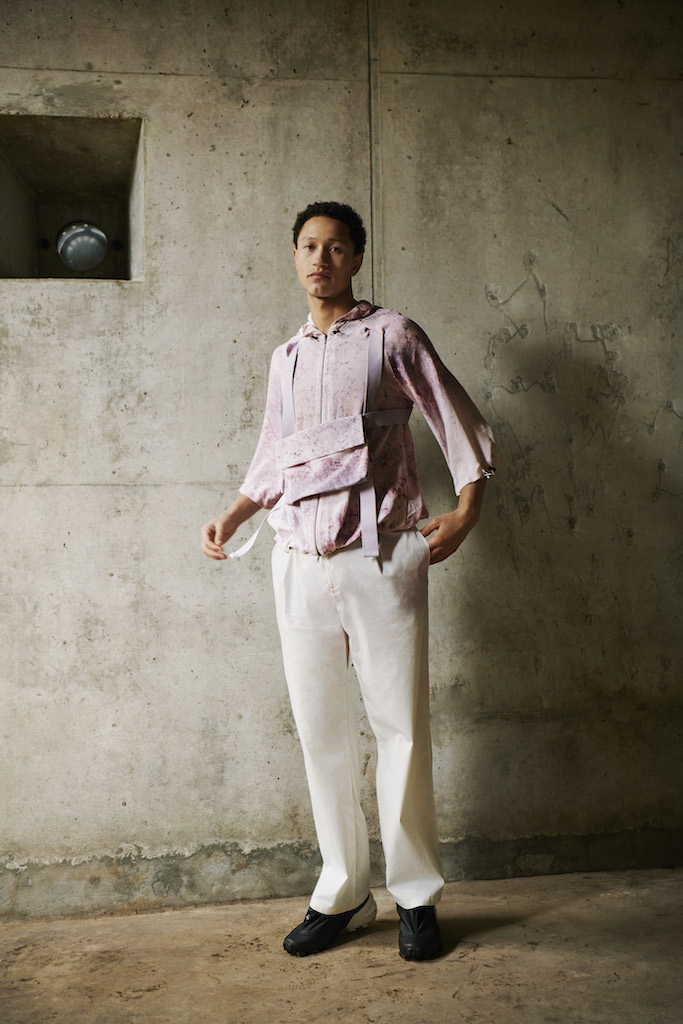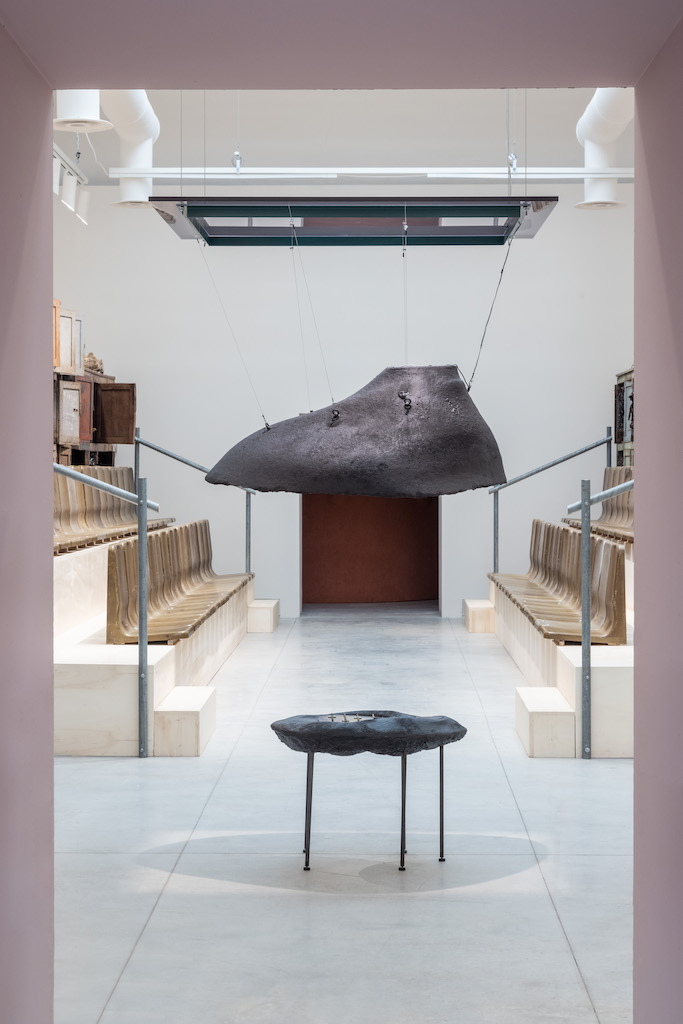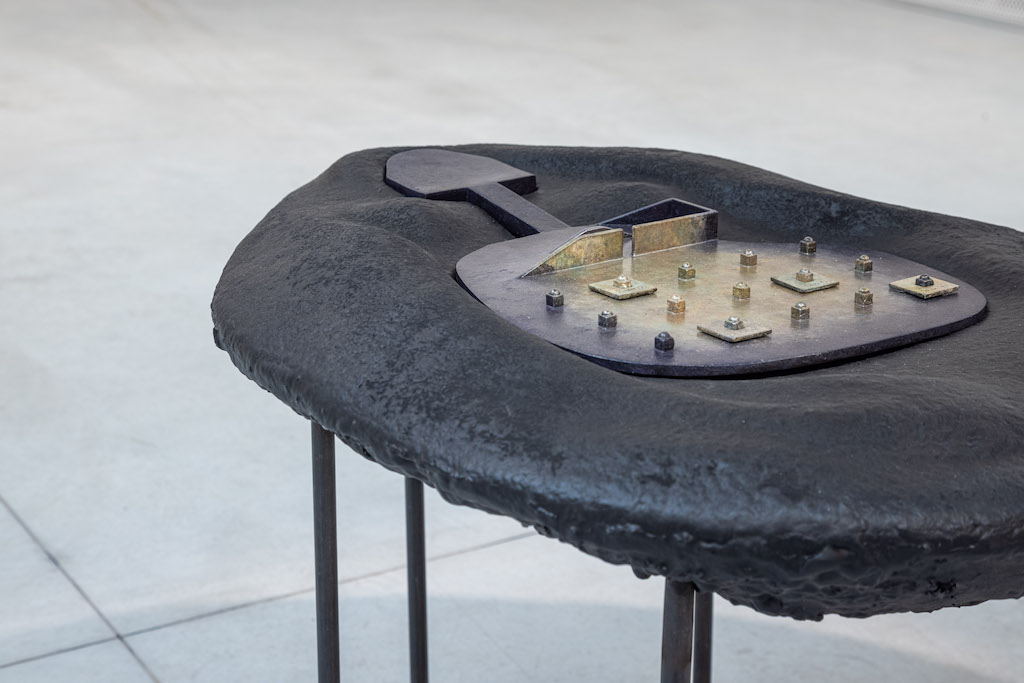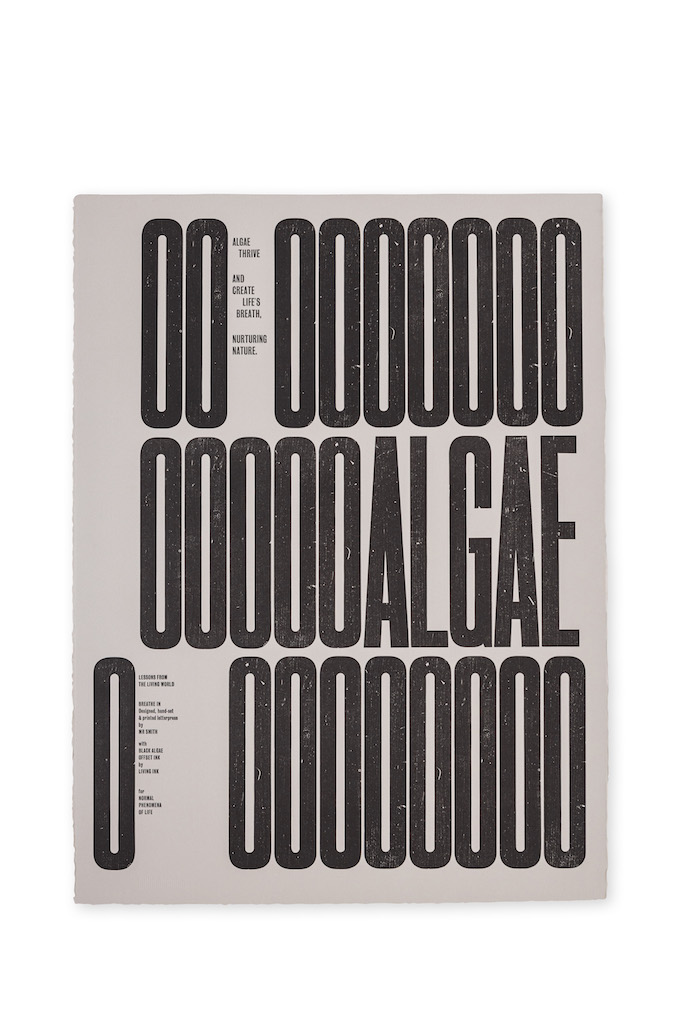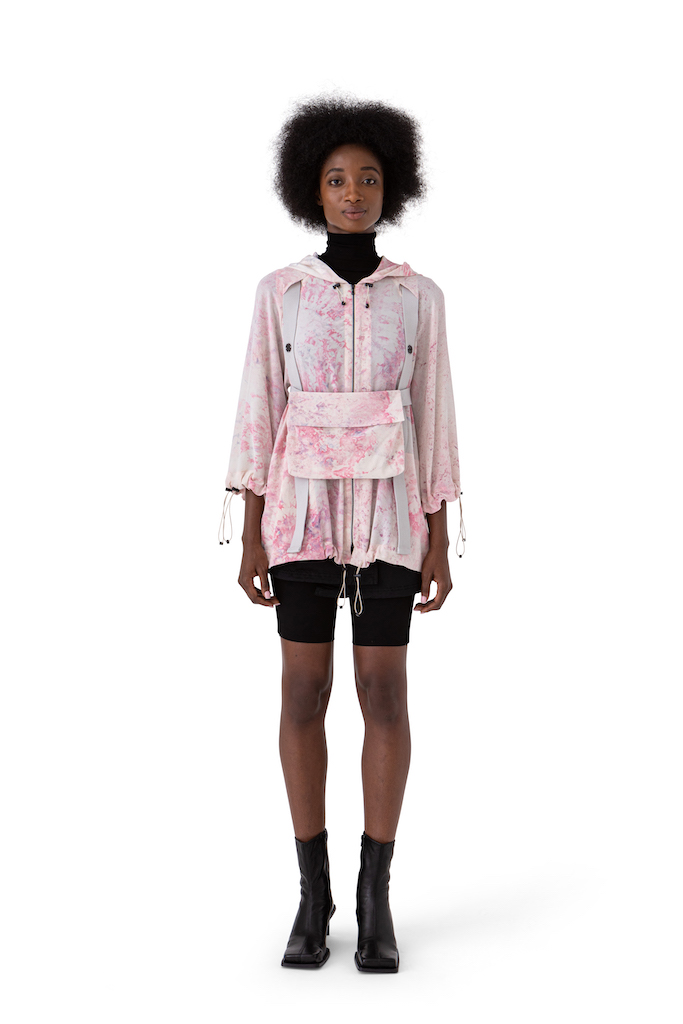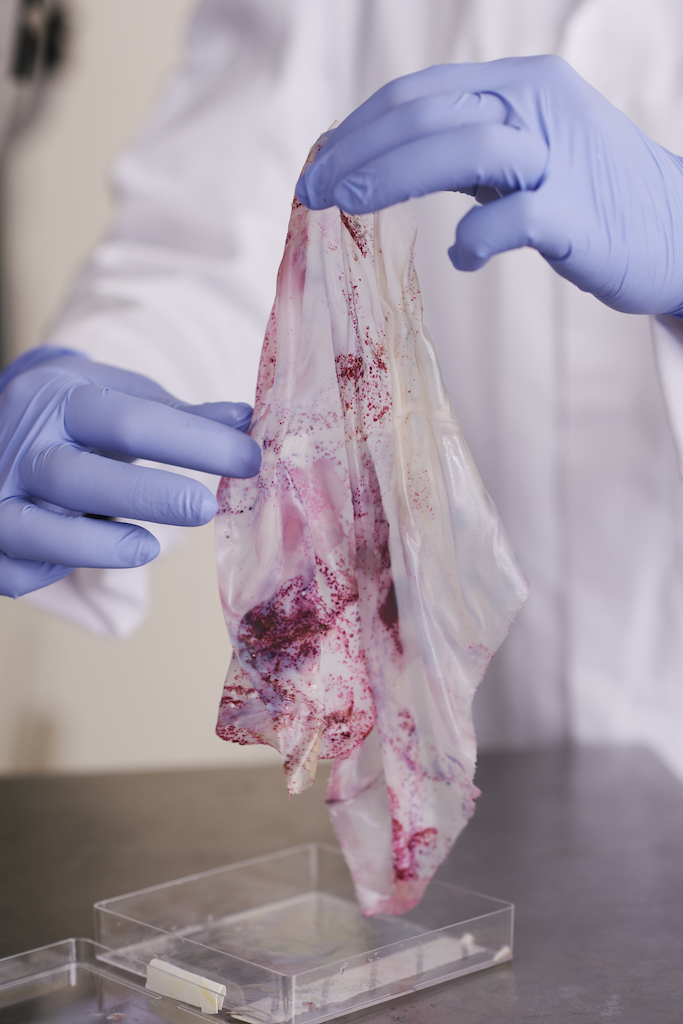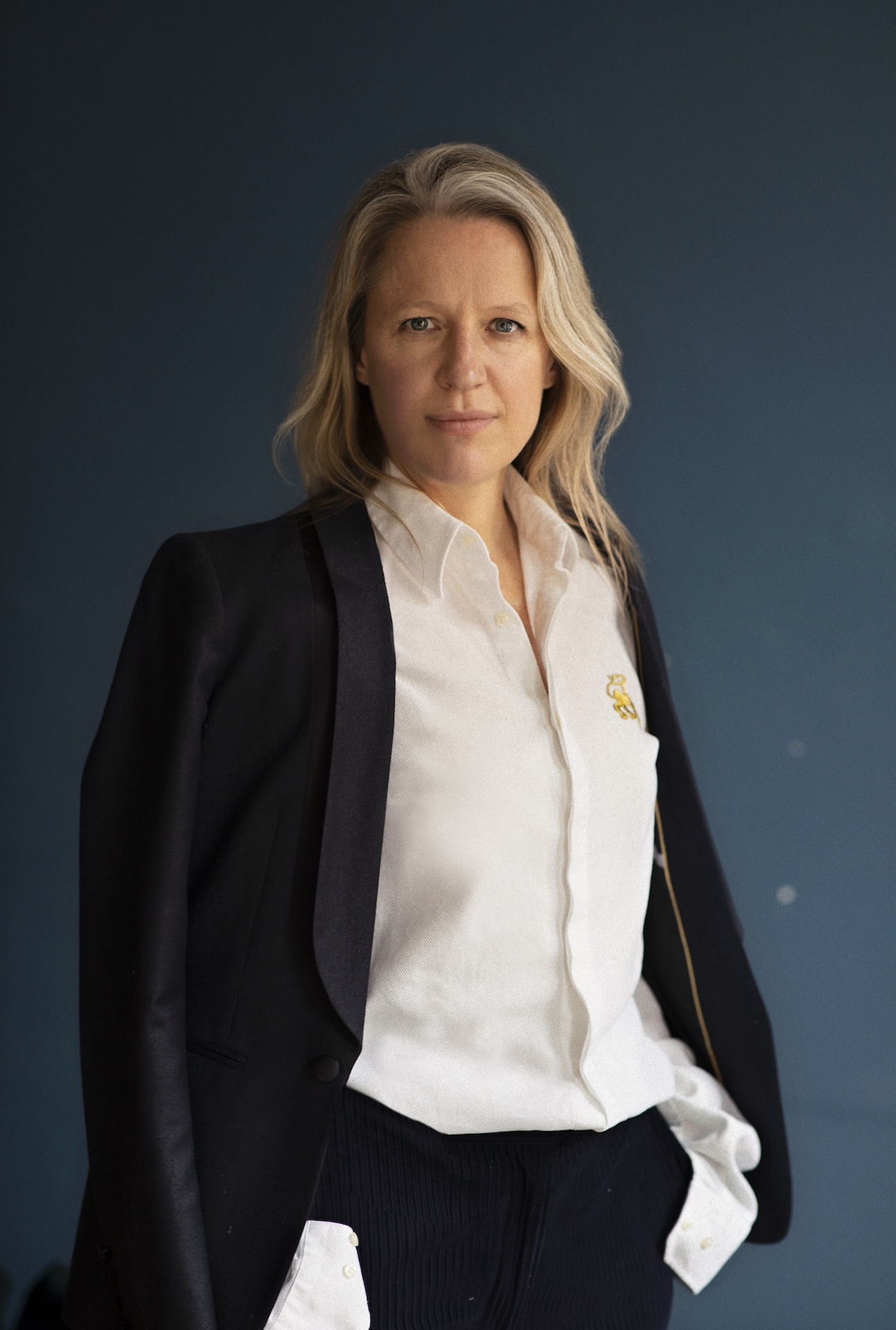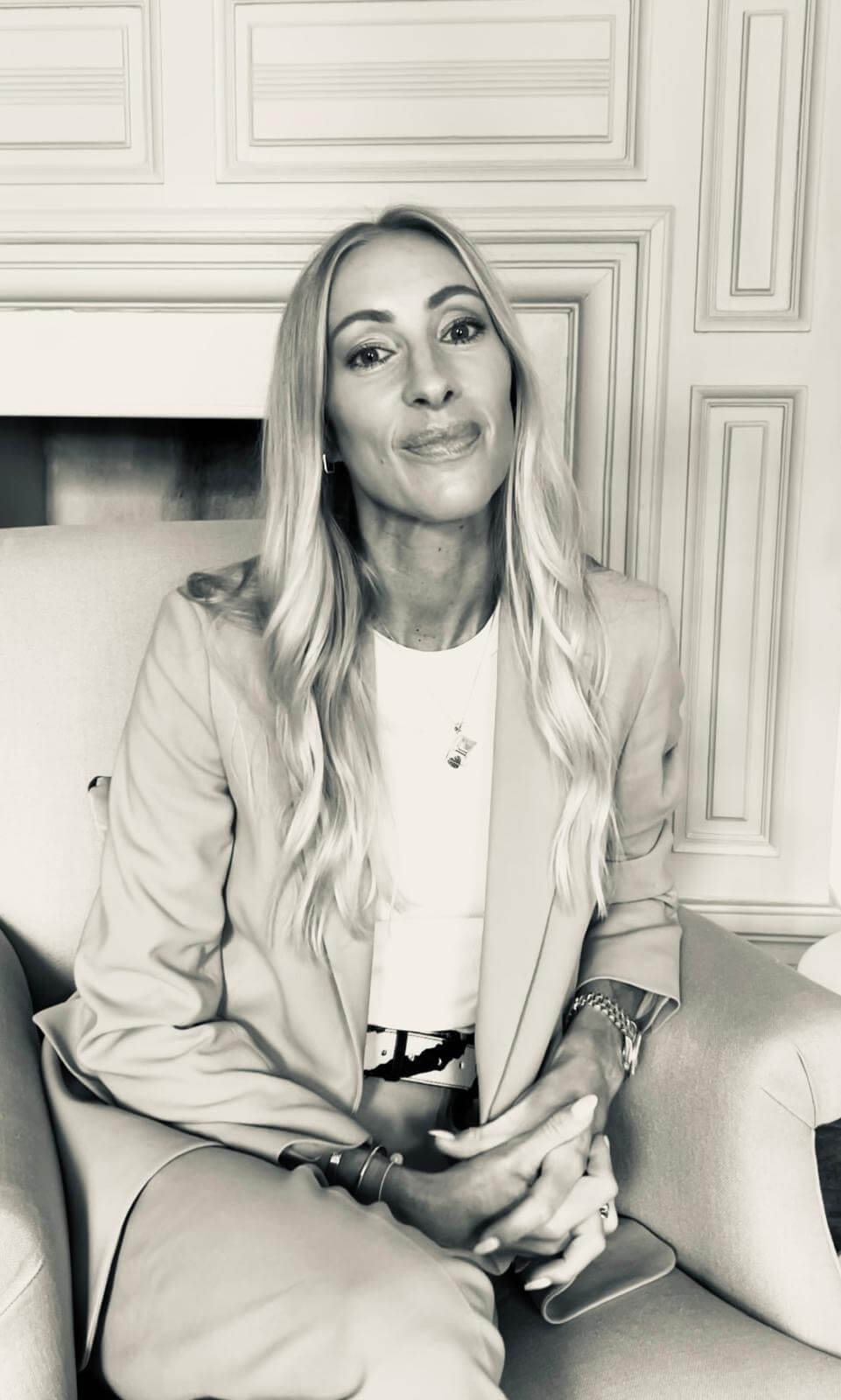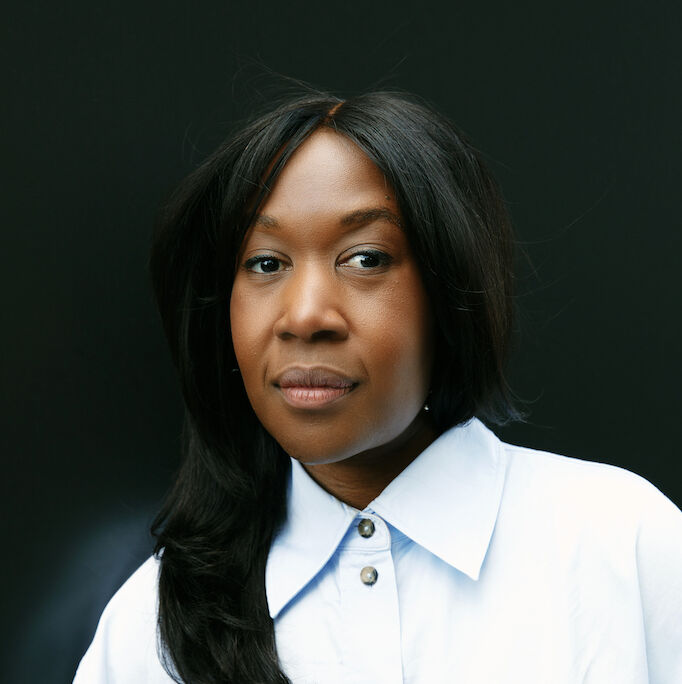

Interview Biodesign trailblazer Natsai Audrey Chieza
As the founder and CEO of Faber Futures, the award-winning biodesign lab founded in 2018 in London, Chieza has spearheaded research into creating products from living matter, merging living systems, such as DNA-scale engineering, with the principles of critical design to find sustainable solutions for some of earth’s most urgent problems.
Chieza was born in Harare and moved to the UK aged 17. She initially trained in architecture, before completing a master’s at Central St Martins in Material Futures. It was during a stint working with Professor John Ward at UCL that Chieza became fascinated in the potential of synthetic biology. She went on to pioneer the use of streptomyces, a type of bacteria, to dye fabric – a chemical-free process that also cuts down on water waste.
Since then, Chieza has been an unstoppable force for change across several industries simultaneously: her work has been exhibited at the V&A, The Design Museum, Bauhaus Dessau Foundation and Harvard Art Museums. She has become an advocate for biophilic society, not least through her widely watched TED talks on the intersecting issues of fashion, design, tech, and nature, which have been watched by millions. Here, Chieza tells us more about why scientists and engineers need to collaborate more outside the box, key pieces in her new biodesign lifestyle brand Normal Phenomena of Life, and why she would love to collaborate with Björk.
THE WICK: You refer to your work as being at the intersection of nature, design, technology, and society. Why is it so important to bring these areas together?
Natsai Audrey Chieza: We are in the midst of an ecological and geopolitical crisis, therefore how we design living systems for more sustainable supply chains, for example, is not just a technical question for scientists and engineers in the lab to consider alone: it requires the whole of society to determine this.
TW: You launched the first ‘grown to order’ biodesign lifestyle brand, Normal Phenomena of Life. Can you tell us about a key piece and how it’s made?
NAC:
The Exploring Jacket, is a technical smock designed by Louise Bennetts, fermented by Biorenewables Development Centre and manufactured by Fabrika. It’s made from ethically sourced made-to-order silk and is dyed beautifully by a pigment-producing, soil-dwelling microbe. This water efficient and toxin-free unique finish is created by fermenting the bacteria on the textile using microbial dye biotechnology developed in-house at Faber Futures. The finished garments smell like rain, owing to the fact that the same bacteria used to dye the silk is also responsible for the petrichor scent we associate with a shower.
TW: Can you tell us about your recent collaboration with artist Kelvyn Smith?
NAC: ‘Lessons from the Living World’ is a limited edition of 25 prints created with a black ink made by biotech company Living Ink Technologies. The ink is made from waste algae recovered from industrial algae farming. We commissioned typographer and letterpress artist Kelvyn Smith to respond to this material. His interpretation is a meditative tryptic on humility and gratitude for the life-giving force of this oxygen-producing organism.
TW: How do you hope your work with Faber Futures and NPOL will influence the wider worlds of fashion and design?
NAC: I hope that our work demonstrates that it’s not enough to change ingredients and inputs; designing better relations between all stakeholders, our planet included, is critical. We also hope our work prompts others to consider how what they are pursuing enables planetary flourishing for generations to come, to recognise the power we all have as cultural producers. Culture leads technology.
“I hope that our work demonstrates that it’s not enough to change ingredients and inputs; designing better relations between all stakeholders, our planet included, is critical.”
